明孝陵 - 门票、开放时间、亮点和小贴士
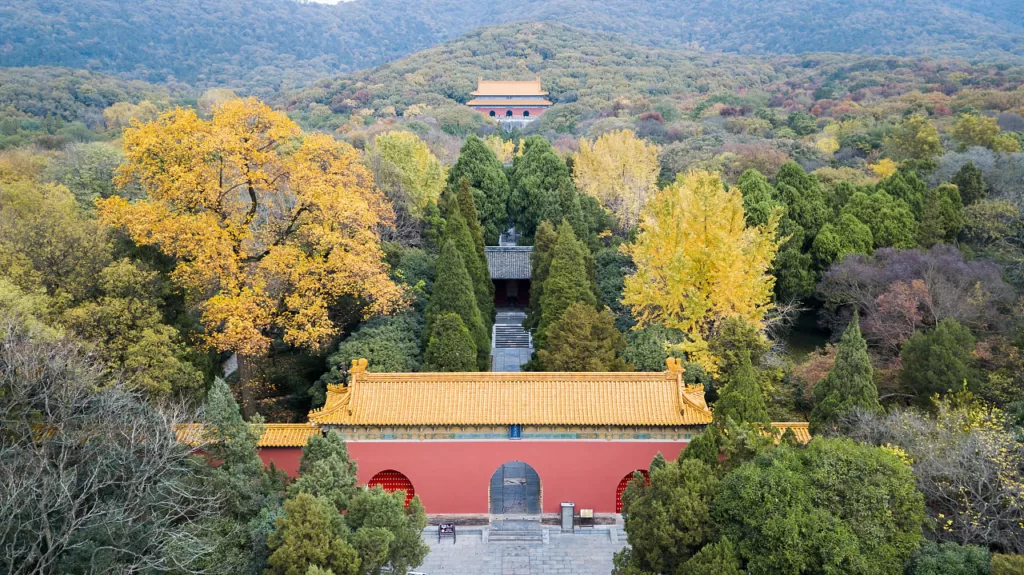

The Ming Xiaoling Mausoleum (明孝陵), located in Nanjing, China, is a majestic burial site and a UNESCO World Heritage Site. Built during the Ming Dynasty (1368-1644), it serves as the final resting place of Emperor 朱元璋, the founder of the Ming Dynasty, and his empress, Empress Ma.
The mausoleum is situated at the southern foot of Zijin Mountain, surrounded by picturesque landscapes and serene forests. Its construction began in 1381 and took over 17 years to complete. The complex covers an area of approximately 180,000 square meters and is renowned for its architectural grandeur and cultural significance.
The entrance to the mausoleum is marked by the magnificent Great Golden Gate, which leads to the Sacred Way, a pathway flanked by statues of mythical creatures, officials, and animals. Continuing along the path, visitors reach the impressive Hall of Eminent Favor, the main hall of the mausoleum complex. It houses statues and elaborate stone carvings depicting the emperor and empress.
The highlight of the Ming Xiaoling Mausoleum is the underground burial chamber, where the emperor and empress are entombed. Although the burial chamber is not open to the public, the complex offers visitors an opportunity to explore the surrounding buildings, pavilions, and serene gardens.
As one of the most well-preserved imperial mausoleums in China, the Ming Xiaoling Mausoleum is not only a testament to the grandeur of the Ming Dynasty but also a significant cultural and historical landmark. It attracts countless visitors each year, offering a glimpse into China’s rich past and the architectural brilliance of its ancient dynasties.
目录
- 基本信息
- 地点和交通
- Highlights of Ming Xiaoling Mausoleum
- Vlog about Ming Xiaoling Mausoleum
- 从评论中总结出的有用提示
- Facts about Zhu Yuanzhang
- 明孝陵附近的景点
基本信息
| 网站 | http://www.zschina.org.cn/mxljq/ |
| 预计游览时间 | 2 - 3 小时 |
| 票价 | 70 人民币 |
| 开放时间 | 6.30 – 18.00 (1st February – 30th November) 7.00 - 17.30(12 月 1 日至 1 月 31 日) The museum is closed on Mondays |
| 电话号码 | 0086-025-84433582 |
地点和交通
The Ming Xiaoling Mausoleum is situated at the southern foot of Zijin Mountain, Nanjing, Jiangsu Province, which adds to its serene and picturesque surroundings. It is easily accessible by various modes of transportation.
巴士 Take bus 20 or 315, get off at Ming Xiaoling Mausoleum Stop (明孝陵) and walk about 50 meters to the south to get there.
地铁 The nearest metro station to Ming Xiaoling Mausoleum is Muxu Garden (苜蓿园) on line 2. After getting out of the station from Exit 2, walk about 500 meters to the north to get there.
Highlights of Ming Xiaoling Mausoleum
Great Golden Gate
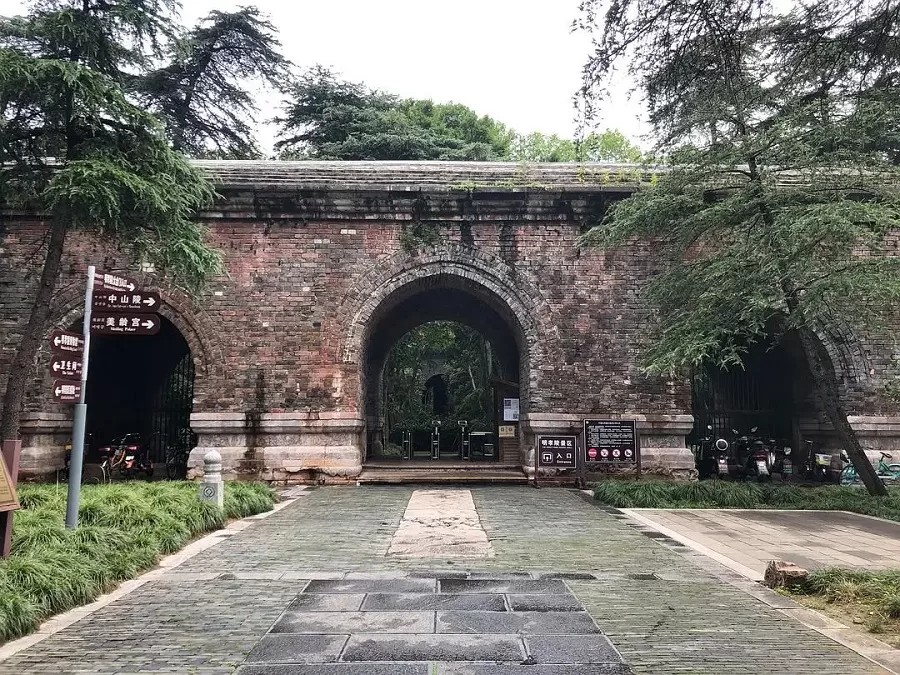
The Great Golden Gate at the Ming Xiaoling Mausoleum is a magnificent entrance that welcomes visitors to this historic site. Adorned with intricate carvings and inscriptions, the gate showcases the exquisite craftsmanship of the Ming Dynasty. Standing as a symbol of grandeur and prestige, the Great Golden Gate marks the transition from the Sacred Way to the heart of the mausoleum complex. Its imposing presence and architectural beauty create a sense of reverence, inviting visitors to embark on a journey through history and explore the wonders that lie within the Ming Xiaoling Mausoleum.
Sacred Way
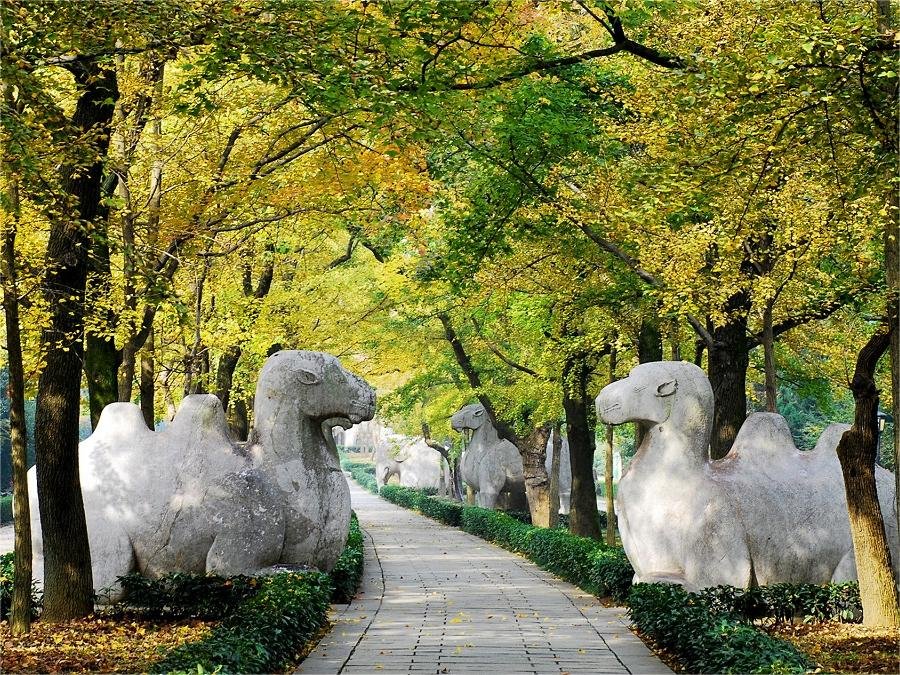
The Sacred Way at the Ming Xiaoling Mausoleum is a majestic pathway that leads visitors into the realm of imperial splendor. Lined with a procession of mythical creatures, civil and military officials, and other significant figures, the Sacred Way exudes an aura of solemnity and reverence. The meticulously crafted statues stand as guardians, symbolizing the protection of the emperor’s eternal resting place. As visitors traverse this path, they are immersed in a serene and awe-inspiring atmosphere, where the past intertwines with the present.
Hall of Eminent Favor

The Hall of Eminent Favor, nestled within the Ming Xiaoling Mausoleum stands as a testament to imperial grandeur and architectural excellence. This magnificent structure serves as the final resting place of Emperor Zhu Yuanzhang and Empress Ma, and its opulent design captivates visitors. Intricate carvings, painted ceilings, and delicate sculptures adorn the hall, showcasing the skilled craftsmanship of the Ming Dynasty. Stepping into the Hall of Eminent Favor, one is enveloped in an atmosphere of reverence and admiration, paying homage to the esteemed rulers of the past.
Serene Gardens
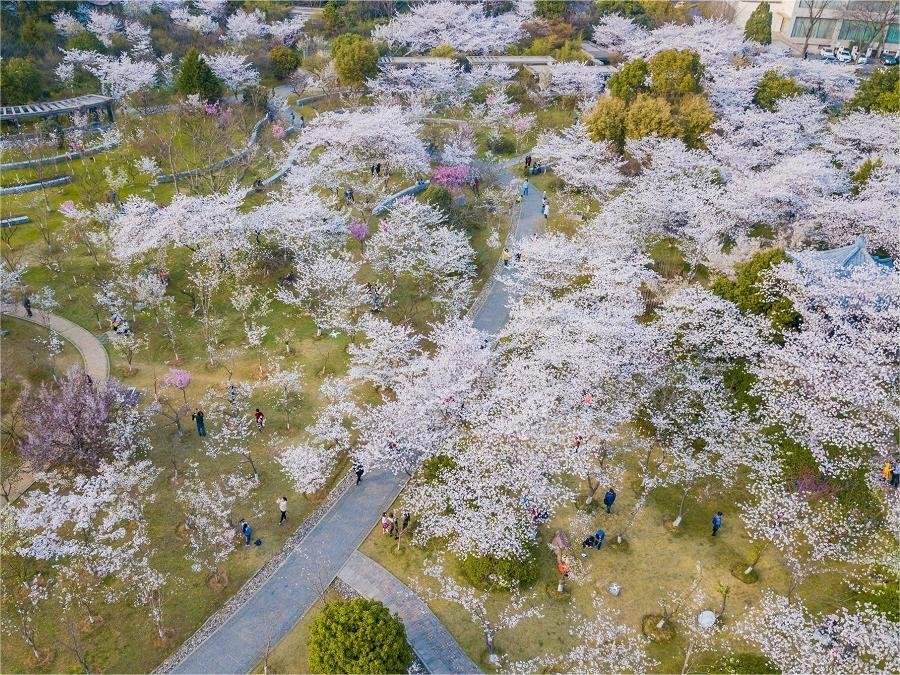
Nestled within the expansive grounds of the Ming Xiaoling Mausoleum lie the Serene Gardens, a haven of tranquility and natural beauty. These meticulously landscaped gardens provide a respite from the grandeur of the mausoleum’s architectural marvels. Lush greenery, serene ponds, and meticulously manicured pathways invite visitors to stroll and reflect amidst the peaceful surroundings. The gardens offer a harmonious blend of natural elements and architectural features, creating a serene atmosphere that complements the solemnity of the mausoleum.
文化意义
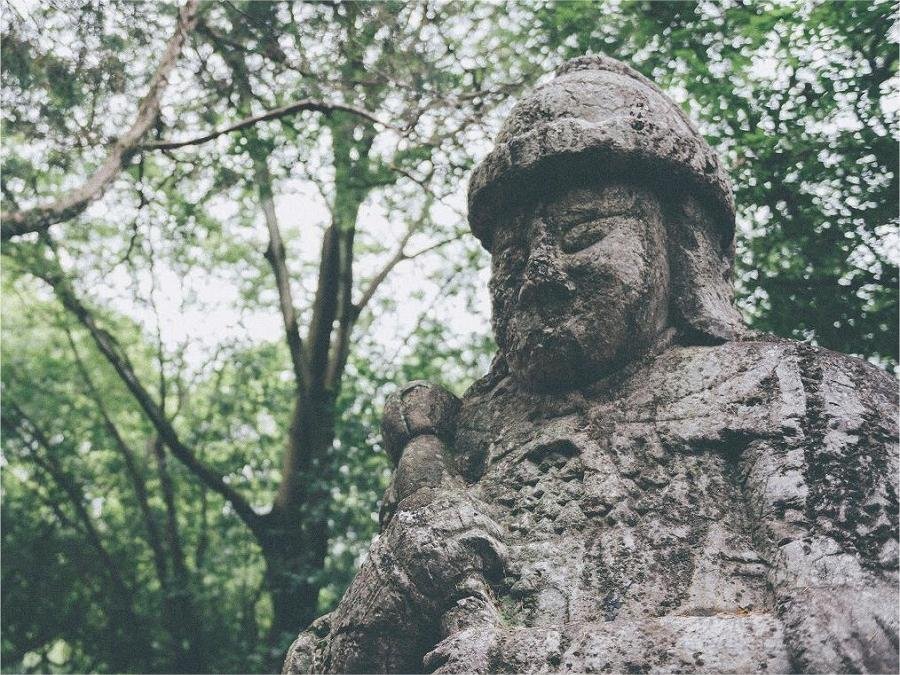
The Ming Xiaoling Mausoleum holds immense cultural significance as a testament to the achievements and legacy of the Ming Dynasty in China. As the final resting place of Emperor Zhu Yuanzhang, the founding emperor of the Ming Dynasty, and his wife Empress Ma, the mausoleum represents a pivotal era in Chinese history. Its architectural grandeur, intricate carvings, and symbolic elements showcase the mastery of Ming Dynasty craftsmanship and design. The site serves as a historical and cultural treasure, offering valuable insights into imperial rituals, beliefs, and artistic expressions of the time.
Stele Pavilion
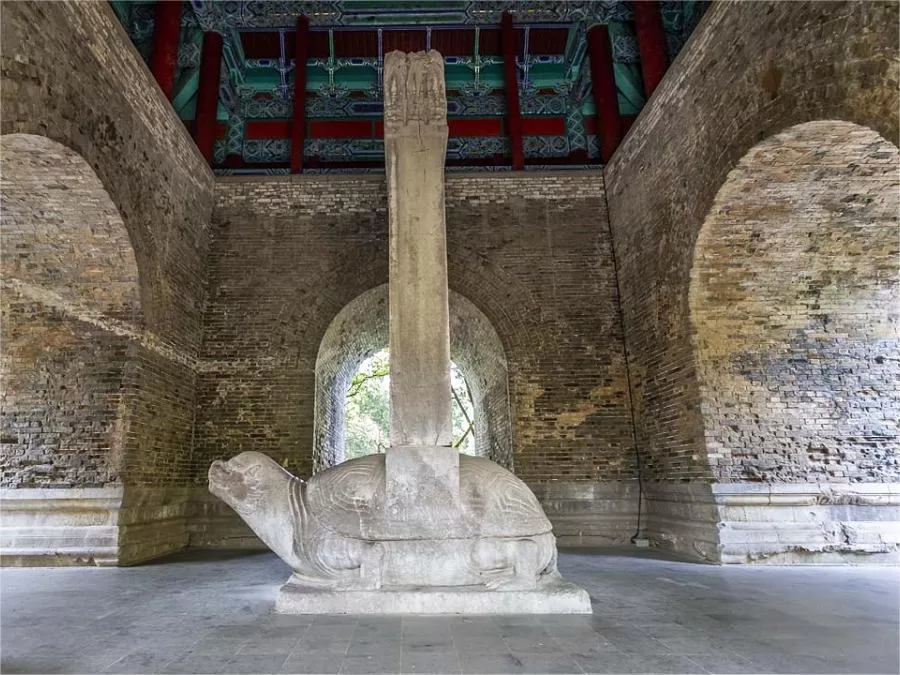
The Stele Pavilion at the Ming Xiaoling Mausoleum holds a significant place within the complex. This pavilion houses a monumental stone tablet known as the “Spirit Tablet,” which bears inscriptions detailing the achievements and virtues of Emperor Zhu Yuanzhang. The pavilion itself is a work of architectural splendor, showcasing intricate carvings, graceful arches, and a dignified presence. It serves as a focal point for visitors, providing a profound glimpse into the historical and cultural significance of the Ming Dynasty. The Stele Pavilion at the Ming Xiaoling Mausoleum stands as a testament to the reverence and recognition bestowed upon the emperor, preserving his legacy for generations to come.
Vlog about Ming Xiaoling Mausoleum
从评论中总结出的有用提示
入口: Ming Xiaoling Mausoleum has 7 entrances:
- Gate 1, near Qian Lake and Zhongshan Botanical Garden. Bus routes 20 and 315 reach this gate, but they may not be very convenient.
- Gate 3, close to Yanque Lake, Water Fir Forest, and Changsheng Deer Garden. Conveniently located near Metro Line 2 Muxuyuan Station.
- Gate 5, near Wutong Avenue and Meiling Palace. Upon entering, you’ll find Sifangcheng and Shixiang Road. Not far from Metro Line 2 Muxuyuan Station and Xiamafang Station.
- Gate 6, convenient for going to the Underwater World.
- Gate 7, convenient for going to Zhongshan Mausoleum and the Music Stand. Locals going to Zixia Lake also enter through Gate 7.
Tour Routes:
- Ming Xiaoling Mausoleum Gate 5 → Shixiang Road (Most Beautiful 500m) → Wengzhong Divine Road → Jinshui Bridge → Ming Tower (Overlooking the entire Ming Xiaoling Mausoleum) → Yanque Lake → Changsheng Deer Garden → Gate 3 (you can visit the Feathered Fir and take photos, but it gets crowded).
- Or Ming Xiaoling Mausoleum Gate 3 → Water Fir Forest (Yanque Lake) → Changsheng Deer Garden → Pass by Gate 1 → Wengzhong Divine Road → Jinshui Bridge → Wenwu Square Gate → Fangcheng Ming Tower → Honglou Art Garden → Meihua Mountain → Shixiang Road (Beautiful 500 meters) → Exit at the ticket gate → Tianqiao (Wutong Avenue) → Exit at Gate 5 → Meiling Palace.
- The entire Ming Xiaoling Mausoleum covers a large area, requiring at least 20,000 steps.
开放时间
- Before 6:30 AM and after 6:30 PM, the scenic area is free to enter. However, Changsheng Deer Garden opens at 8:30 AM.
Facts about Zhu Yuanzhang

朱元璋何时自称洪武皇帝

朱元璋的早期生活

朱元璋何时、如何去世

朱元璋统治明朝多长时间

朱元璋的八大功绩
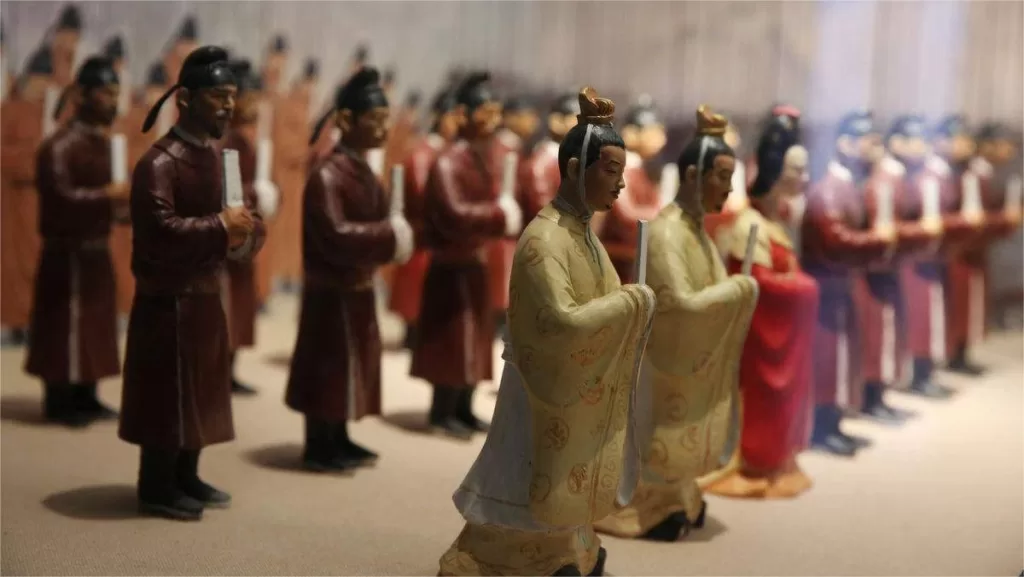
朱元璋因何而闻名

1368 年朱元璋为何造反?
明孝陵附近的景点
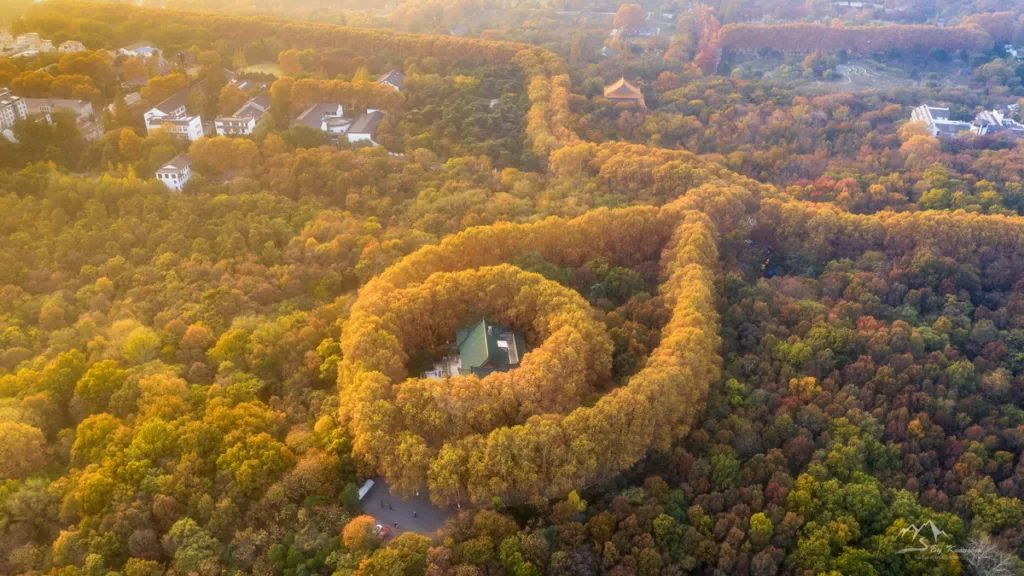
美龄宫 - 前第一夫人的住所
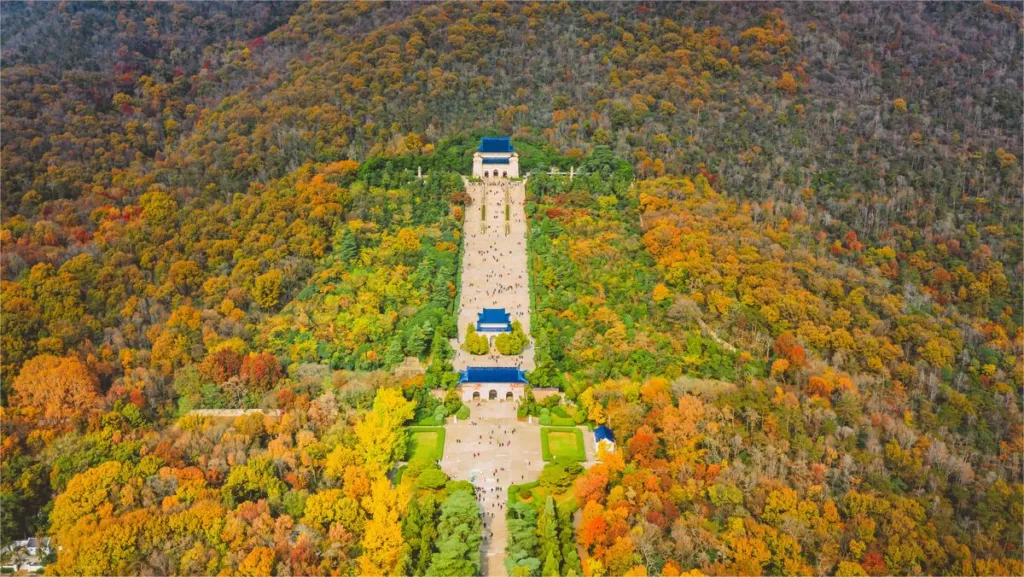

梅花山风景区--瑰丽的梅花
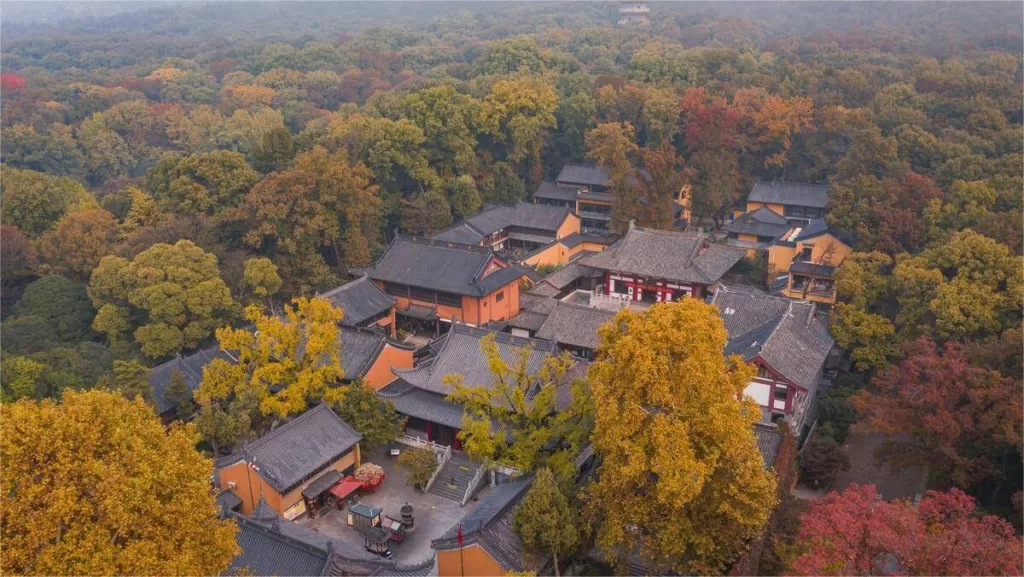
灵谷寺 - 宋代宗教遗址
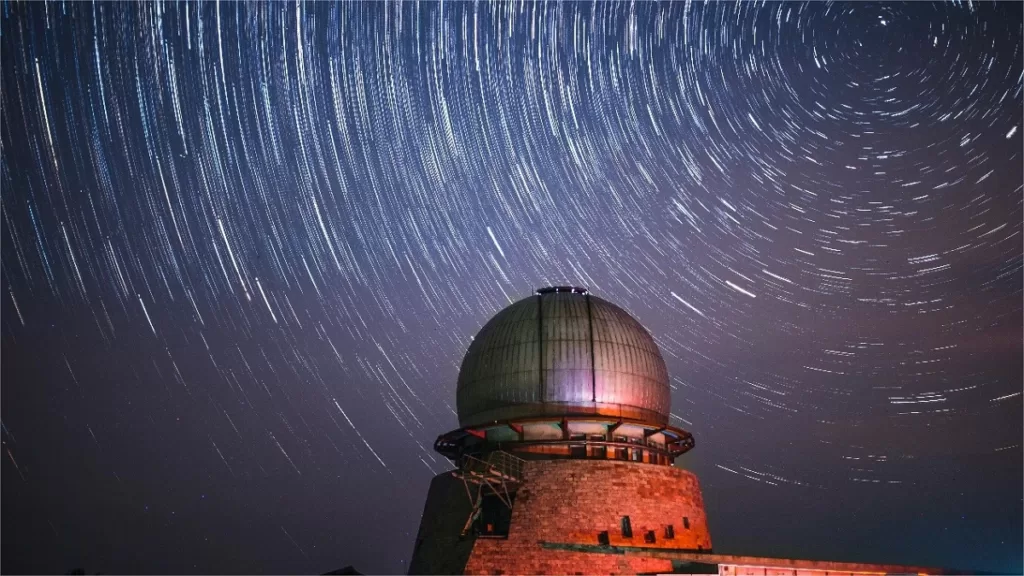
紫金山天文台 - 著名的天文研究机构

南京植物园--10,000 多个植物品种